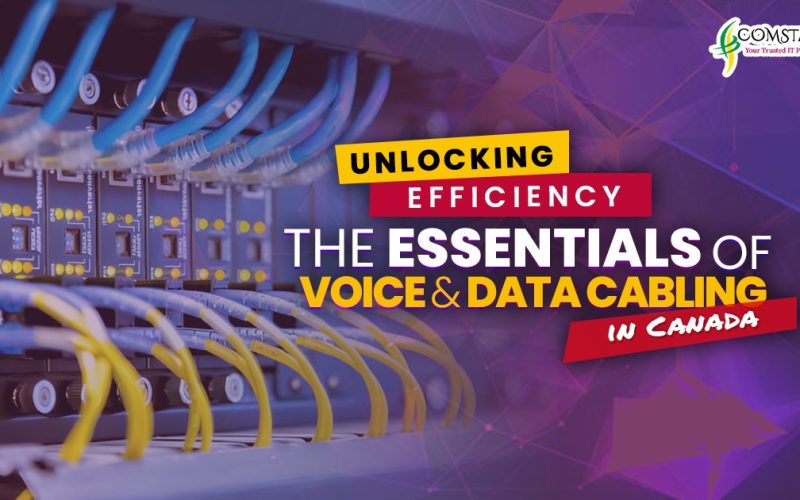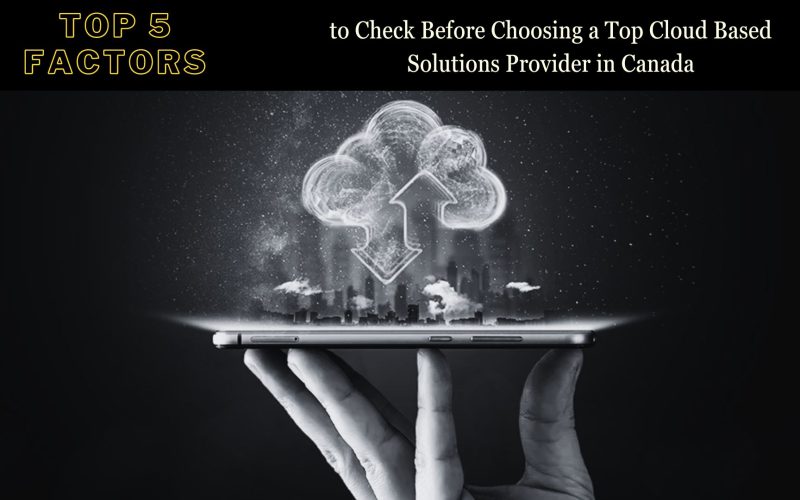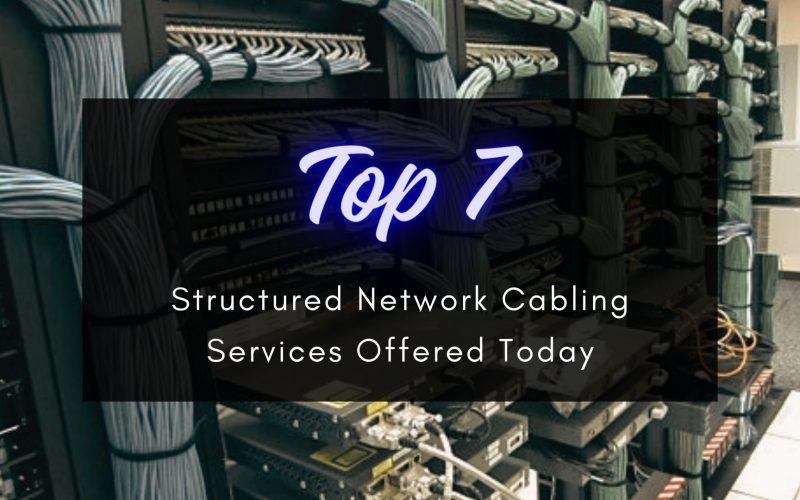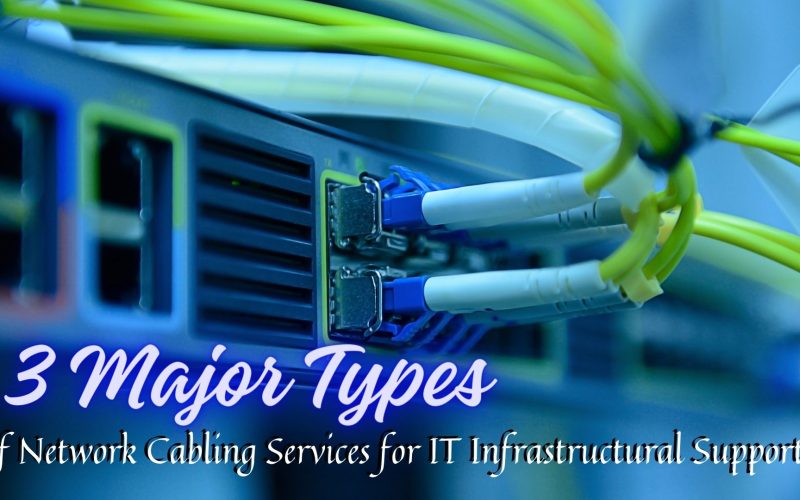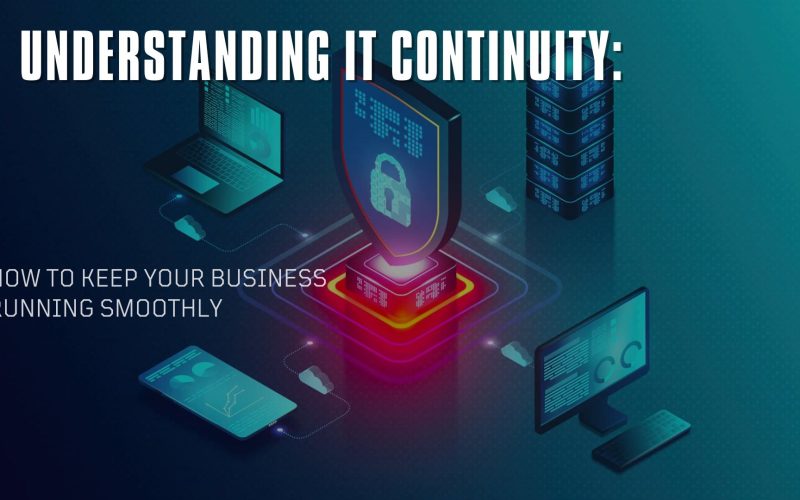AT 6 In Canada you can know, businesses and organizations face critical decisions when it comes to selecting networking infrastructure, particularly between fiber optic cabling and CAT6. Understanding the nuances of CAT5 cabling, CAT6 cabling, and the emerging trends in Canada is essential for making informed choices.
Exploring CAT5e Cabling in Canada
CAT5e cabling, also known as Category 5e cabling, is extensively used in Canada for networking purposes across residential, commercial, and industrial sectors. It boasts data transfer speeds of up to 1 gigabit per second (Gbps), making it ideal for linking computers, printers, routers, switches, and other network devices.
This cabling option is favored for its cost-effectiveness, ease of installation, and compatibility with existing infrastructure. It outperforms older CAT5 cables by offering enhanced resistance to crosstalk and interference, ensuring dependable high-speed data transmission.
In Canada, CAT5e cabling is easily accessible from various suppliers and manufacturers. Professionals nationwide are skilled in deploying CAT5e systems for diverse applications, including office networks, telecommunications, and home setups.
CAT5e cabling plays a pivotal role in Canada’s telecommunications and networking landscape, delivering dependable connectivity for businesses, residences, and institutions throughout the country.
CAT6 AND CAT6a installation updates in CANADA
In Canada, CAT6 and CAT6a cabling installations are becoming increasingly prevalent, driven by the growing demand for higher data transmission speeds and greater network reliability. CAT6 cabling supports data rates of up to 10 gigabits per second (Gbps) at shorter distances compared to CAT5e, making it suitable for demanding applications in commercial and industrial environments.
CAT6a cabling, on the other hand, offers even higher performance, supporting data rates of up to 10 Gbps over longer distances and with better resistance to crosstalk and interference. This makes CAT6a particularly well-suited for applications requiring reliable high-speed connectivity, such as data centers and enterprise networks.
In Canada, businesses and organizations are investing in CAT6 and CAT6a installations to future-proof their network infrastructure and accommodate the increasing demand for bandwidth-intensive applications, such as video streaming, cloud computing, and virtualization. Installers and contractors across the country are experienced in deploying CAT6 and CAT6a cabling systems, ensuring reliable and efficient network connectivity for various industries and applications.
CAT6 and CAT6a installation updates in Canada reflect the country’s commitment to staying at the forefront of technology and meeting the evolving needs of businesses and consumers for faster, more reliable network connectivity.
Performance Comparison of CAT 6 in Canada
- Bandwidth and Speed
In terms of bandwidth and speed, CAT6 offers significantly higher performance compared to CAT5 cabling. CAT6 supports data rates up to 10 gigabits per second (Gbps), whereas CAT5 typically supports data rates up to 1 gigabit per second (Gbps). This makes CAT6 a preferable choice for businesses looking for faster and more reliable network connections.
- Distance Considerations
Fiber optic cabling excels in transmitting data over long distances without signal degradation, making it an ideal choice for interconnecting buildings or spanning vast geographical areas in Canada. Fiber optic cables can transmit data over distances of several kilometers without any significant loss of signal quality.
On the other hand, CAT6, while not as effective over long distances as fiber optics, still offers significantly better performance and reliability compared to CAT5. CAT6 cables can reliably transmit data at high speeds over distances of up to 100 meters (about 328 feet), making them suitable for most internal networking needs within buildings or campuses.
Cost Considerations and Implementation
- Initial Investment
The initial investment for fiber optic cabling tends to be higher than CAT6 cabling in Canada due to the cost of materials and installation. However, the long-term benefits of fiber optics, such as scalability, reliability, and reduced maintenance costs, often justify the higher upfront expenses for businesses with demanding networking requirements or long-term growth plans.
- Scalability and Future-Proofing of CAT 6 in Canada
Fiber optic cabling provides unparalleled scalability and future-proofing for Canadian businesses, allowing them to adapt to evolving technology trends and increasing data demands with ease. While CAT6 offers notable improvements over CAT5 and is sufficient for many current networking needs in Canada, its scalability may limited compared to fiber optics, potentially requiring upgrades or replacements as data requirements continue to grow.
Conclusion
In conclusion, both fiber optic cabling and CAT6 offer significant advantages over CAT5 cabling in Canada, providing businesses with improved performance, reliability, and scalability. While fiber optics excel in long-distance transmission and offer unmatched speed and bandwidth capabilities, CAT6 presents a more cost-effective solution with substantial performance upgrades over CAT5. Ultimately, the choice between fiber optic cabling and CAT6 in Canada depends on factors such as budget, performance requirements, and long-term growth plans, with businesses advised to consult with networking professionals to determine the best fit for their specific needs. Know more details about Fiber Optic Cabling click: https://en.wikipedia.org/wiki/Fiber-optic_cable
CAT6 utilizes copper wires for data transmission, offering high-speed connectivity and cost-effectiveness for shorter distances. In contrast, fiber optic cables use light signals through glass or plastic fibers, providing faster speeds over longer distances and immunity to electromagnetic interference, albeit with higher initial costs.
CAT6 cables are suitable for distances up to 100 meters (approximately 328 feet) ,without the need for signal boosters or repeaters.
This makes CAT6 ideal for most internal networking needs within buildings or campuses, providing reliable high-speed connectivity for Ethernet networks within a limited range.




